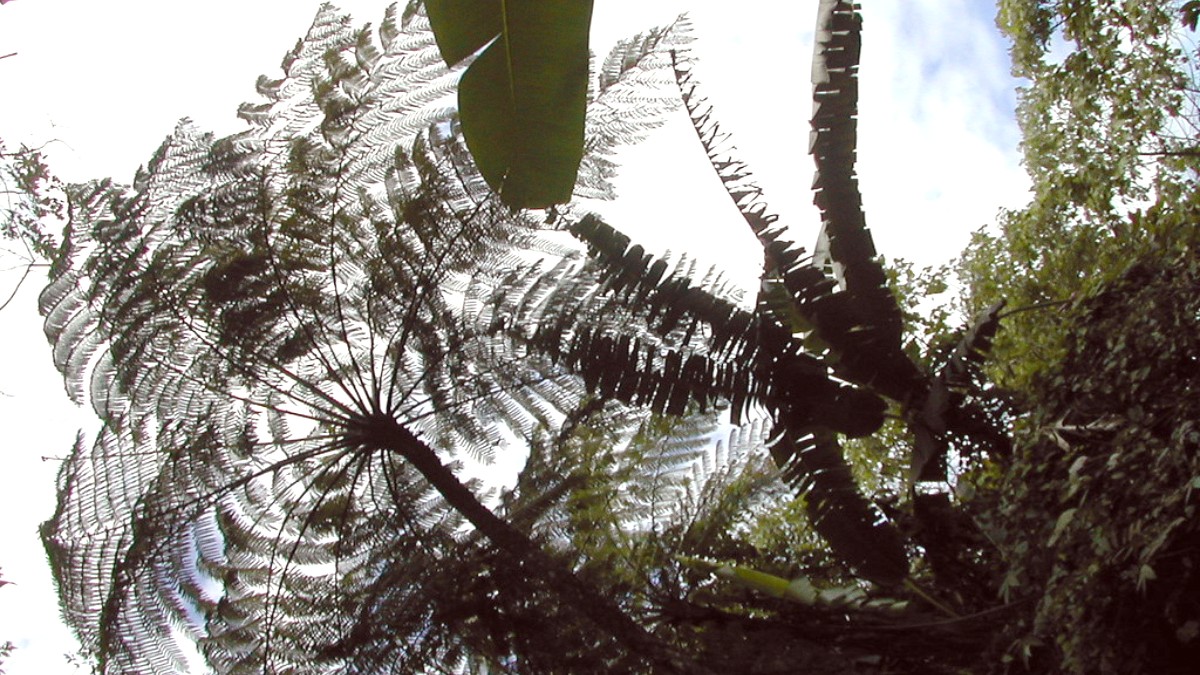
Malaysian Borneo Sabah, Malaysia
Sandakan experiences an equatorial climate: high temperatures, abundant humidity, and significant rainfall throughout the year. Weather patterns vary slightly, indicating optimal times for different activities. Average daily temperatures stay consistent, ranging from 26°C to 32°C (79°F to 90°F). Humidity typically hovers between 80% and 90%.
Rainfall occurs year-round, with no distinct dry season. However, relatively wetter and drier periods exist. The wettest period generally occurs from November to February, influenced by the Northeast Monsoon. This brings heavier and more prolonged rainfall. The drier period typically lasts from March to October, though short, heavy showers can still occur daily, often in the late afternoon.
Wildlife Spotting (Orangutans, Proboscis Monkeys, Sun Bears, Kinabatangan River Cruises): May to September is generally preferred due to less rain, making sightings potentially easier. Wildlife is present year-round.
Trekking/Caving (Gomantong Caves): March to October offers more comfortable conditions with less mud. Diving/Snorkeling (Turtle Islands Park): March to October offers calmer seas and better visibility.
Be aware of potential localized issues.
Sandakan is not typically affected by hurricanes (typhoons).
The Northeast Monsoon (November-February) brings heavy rainfall, potentially causing localized flooding in low-lying areas or near rivers.
Consistent warmth with humidity.
Temperatures consistently range from 26°C to 32°C (79°F to 90°F).
Extreme temperatures are rare; the climate remains consistently hot and humid.
Year-round precipitation.
November to February sees heavier and more prolonged rainfall due to the Northeast Monsoon.
March to October presents relatively drier conditions, though daily short, heavy showers remain possible.
Malaysia operates a diverse visa policy. Many nationalities receive visa-free entry for periods ranging from 14 to 90 days. Citizens of most Commonwealth countries (excluding certain African and South Asian nations), European Union countries, USA, Japan, South Korea, and many others typically receive 90 days visa-free. Citizens of some ASEAN countries receive 30 days.
Citizens of countries not on the visa-free list must apply for a visa in advance at a Malaysian embassy or consulate. An eVISA option exists for certain nationalities (e.g., China, India). Passport must remain valid for at least six months beyond your intended stay. Proof of onward/return travel is a frequent entry condition. Proof of sufficient funds may be requested. All foreign visitors must submit the Malaysia Digital Arrival Card (MDAC) online within three days prior to arrival. No standard entry fees upon arrival. Immigration procedures involve passport presentation and MDAC confirmation. Biometric scanning may be required.
Kinabatangan River lodges often require advance booking. Turtle Islands Park (Pulau Selingan) requires a special permit and prior booking through an authorized tour operator.
No specific health-related entry requirements for general entry into Malaysia unless arriving from a Yellow Fever risk country.
Consult the official website of the nearest Malaysian High Commission or Embassy or the Malaysian Immigration Department for specific requirements.
IVisa presents a consumer visa application service. VisaHQ is a direct visa and passport service website.
Submission within three days prior to arrival via the Malaysian Immigration Department portal is standard.
Planning your budget for Sandakan covers currency matters, daily expenses, and smart money-saving strategies.
Malaysian Ringgit (MYR), denoted as RM, is the currency. Exchange rates fluctuate. Exchange major currencies at airports, banks, and licensed money changers; money changers often offer better rates. ATMs are widely available in Sandakan city center and at the airport, accepting most international debit/credit cards. Credit cards are accepted at most hotels, larger restaurants, and supermarkets. Smaller eateries and local markets typically require cash.
Smart choices allow for a more budget-friendly trip while still enjoying Sandakan's attractions.
Prioritize your health and safety when traveling to Sandakan. Understand any required vaccinations, common health concerns, and how to access medical services.
No mandatory vaccinations for entry into Malaysia for most travelers; an exception applies if you arrive from a country with Yellow Fever transmission risk, in which case a Yellow Fever vaccination certificate is required.
Consult a healthcare professional for personalized advice on routine vaccinations (MMR, DTP, Polio), Hepatitis A & B, Typhoid, Rabies, and Japanese Encephalitis, especially for long-term stays or rural exposure.
Sandakan has public (Duchess of Kent Hospital) and private hospitals (e.g., Sandakan Specialist Centre) that handle most medical emergencies. Private facilities generally present higher standards and shorter wait times, but at a higher cost. Numerous private clinics are available for minor ailments. Well-stocked pharmacies are common.
Public and private hospitals are available for various medical needs.
Tap water is generally not safe for direct consumption; drink bottled water.
Sandakan is generally safe for tourists. Petty crime like pickpocketing can occur in crowded areas. Stay aware of your surroundings. The city center and tourist areas are generally safe during the day and early evening. Exercise caution in less-populated areas at night. Sandakan falls within ESSZONE, with visible security presence. Be aware of travel advisories from your home country concerning Eastern Sabah's coastal areas.
Generally safe for tourists, especially in frequented areas.
Petty crime instances: pickpocketing and bag snatching can occur; secure valuables.
Heavy monsoon rains (November-February) can cause localized flash floods, especially in low-lying areas or near rivers like Kinabatangan. This can disrupt travel and tours. Sabah is in an active seismic zone; minor tremors occur occasionally, but major damaging earthquakes are rare. Heavy rainfall can trigger landslides in hilly or deforested areas, potentially impacting rural roads.
Be prepared for sudden heavy downpours, especially during monsoon season.
Localized flooding and minor tremors are possibilities; staying informed is wise.
| Category | Details | Affiliate Resources |
|---|---|---|
| Travel Insurance | Highly recommended for medical emergencies (including evacuation), trip cancellation, baggage loss/theft, and adventure activities coverage. | World Nomads, SafetyWing, Insubuy |
| Safety Products | Personal safety gear can bolster peace of mind, especially for remote adventures. | LifeStraw, Adventure Medical Kits, Pacsafe |
| Flight Compensation | Know your rights for delayed or canceled flights; compensation may be applicable. | AirHelp |